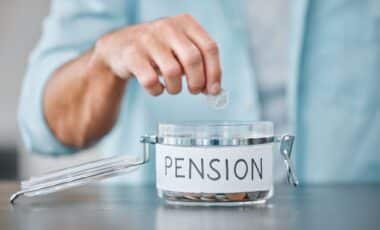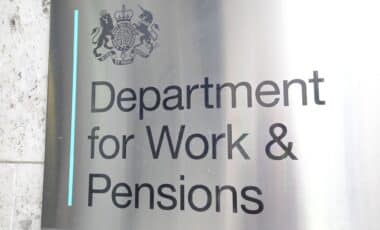Millions of pensioners across the UK could receive an annual boost of up to £715 in 2026, following recent signs that the next state pension increase under the triple lock may outpace this year’s adjustment. The 4.1% rise implemented last month could be eclipsed by stronger figures, depending on how key economic indicators evolve over the coming months.
According to a report by GB News, the latest wage growth data is already shaping expectations for next year’s uplift. While nothing is confirmed yet, early signals suggest that pensioners may once again see a more generous rise than initially forecast.
Earnings Growth Likely to Drive 2026 Increase
The triple lock policy guarantees that the state pension will rise each April by the highest of average earnings growth, inflation, or 2.5%. For the 2026 adjustment, the key data points will be earnings growth from May to July, and inflation measured over the 12 months to September.
According to Aaron Peake, personal finance expert at CredAbility, earnings are currently leading:
Right now, earnings growth is slightly ahead of inflation, so that’s the frontrunner for determining the rise in 2026.
If we take current wage growth figures of around six per cent, that’s the ballpark for next year’s state pension increase.
Impact on Full and Basic State Pensions
A 6% rise would increase the full new state pension from £230.25 to approximately £244 per week, representing an annual increase of around £715.
For those on the full basic state pension, payments would increase from £176.45 to £187 per week, a difference of £10.55 per week, or an annual gain of £548.60.
While a 6% increase would offer meaningful relief, Peake cautioned that the effect might not be felt equally across all households:
This increase won’t necessarily stretch as far as people hope. Many essentials are still more expensive than they were two or three years ago.
Budgeting and Saving Strategies for Pensioners
Peake advises pensioners to take control of their finances with practical tools like monthly budgets and to identify areas for potential spending cuts. For those able to save, he suggested two main approaches depending on access needs.
A high-interest easy access savings account could be a good option, especially if rates remain fairly high.
These accounts let you dip in and out if needed, which suits people on a fixed income.
For longer-term saving, Peake offered an alternative:
Fixed-rate bonds usually offer better returns, and they give you peace of mind knowing your money is locked away and earning interest.
Support Through Unclaimed Benefits
Peake also encouraged pensioners to verify whether they qualify for additional support through programs like Pension Credit, which is currently worth an average of £3,900 per year to eligible claimants.
The triple lock has provided a stable foundation for pension increases since its introduction, but its long-term affordability continues to be debated within fiscal policy circles. While 2026 looks set for another above-average rise, future adjustments may face increased scrutiny as economic pressures evolve.









